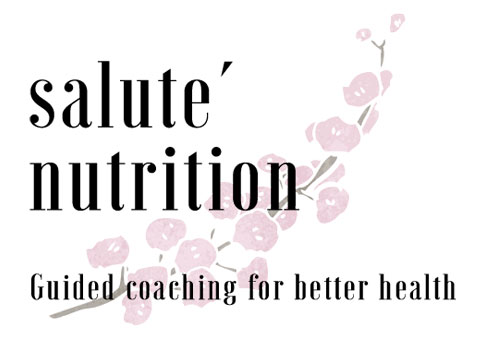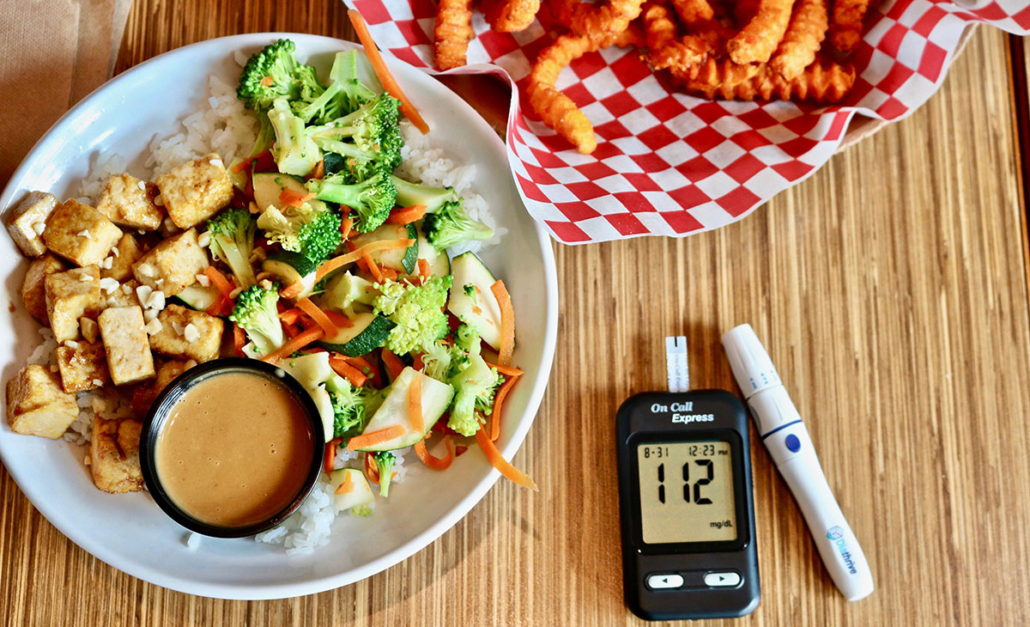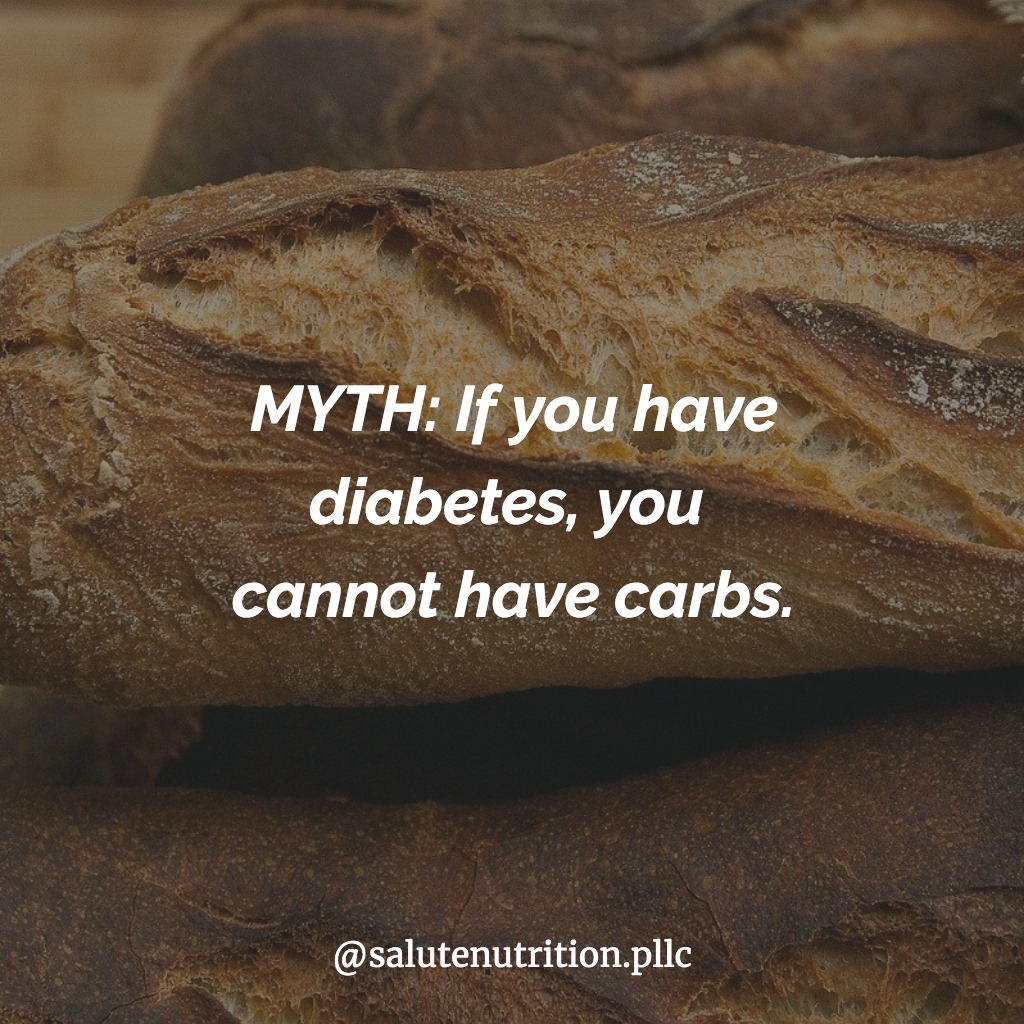- There are different types of insulin depending on how quickly they work, when they peak, and how long they last.
- Insulin is available in different strengths; the most common is U-100.
- All insulin available in the United States is manufactured in a laboratory, but animal insulin can still be imported for personal use.
Inside the pancreas, the hormone insulin is made in the beta cells, which are part of the Islets of Langerhans. These islets also have alpha cells, which make glucagon, as well as delta cells. With each meal, beta cells release insulin to help the body use or store the blood sugar it gets from food.
In the beta cells, insulin is created first as a big molecule called “proinsulin.” Proinsulin is broken into two pieces: insulin and C-peptide. C-peptide is important especially when determining treatment because it can be used to measure how much insulin a person is making. The more C-peptide a person has, the more insulin they are making. This can help a provider determine how much insulin to prescribe.
In people with type 1 diabetes, the pancreas no longer makes insulin. The beta cells have been destroyed and they need insulin shots to use glucose from meals.
People with type 2 diabetes make insulin, but their bodies don’t respond well to it. Some people with type 2 diabetes need diabetes pills or insulin shots to help their bodies use glucose for energy.
Insulin cannot be taken as a pill because it would be broken down during digestion just like the protein in food. It must be injected into the fat under your skin for it to get into your blood. In some rare cases insulin can lead to an allergic reaction at the injection site. Talk to your doctor if you believe you may be experiencing a reaction.






